Evergreen content is the backbone of a solid content marketing strategy. Sure, may create trending posts that piggyback off what’s happening right now in the world. It works for short term traffic gains.
If you’re trying to build a business off of it then be prepared for the never-ending content treadmill.
This post is for those of us who have limited time and resources to create content. It’s not the core competency of your business but you know it’ll help and want to get the most bang for your buck.
If that’s you then keep reading.
Evergreen content allows you to tap into long-term gains. It allows you to unlock the type of hockey stick growth many people talk about but few achieve.
In this article, we’re going to cover what evergreen content is, different types of evergreen content, and how to successfully create it.
Table of Contents
What is evergreen content?
A lot of things in marketing can be confusing. Facebooks Power Editor is confusing. SEO is confusing. Conversion rate optimization is confusing. Evergreen content isn’t.
Evergreen content is content that doesn’t lose its relevance in a short time – it has a much longer shelf life. It got its name because, like evergreen trees, they retain their life force year-round. People will be interested in evergreen content whether it was created five years ago or yesterday.
I mean, the Mona Lisa was made hundreds of years ago and it’s still viewed by millions every year. That’s staying power.
Image Source
Your content may not last for 500 years but it’s possible it’ll last a decade or more. All you have to do is choose your topic and format wisely. After that, you put in the effort to make sure it’s a good – no great – piece of content.
Before we get into different types of evergreen content, let’s look at what it’s not.
- Part of the news cycle. “What we can Learn About Dieting from the New Star Wars Movie” doesn’t work.
- It doesn’t touch on seasonal topics. Content created for the Christmas season, Fourth of July, and other events specific to a time of year isn’t evergreen.
- Celebrity Gossip. This is just – no. Stay away from it when creating evergreen content.
- Trends. Fashion trends, lifestyle trends, and economic trends generally have a short lifespan before people move on.
There are more instances where content wouldn’t be considered evergreen. Ask yourself a few simple questions when you’re thinking of evergreen content ideas.
- Will this be useful a year from now?
- Is it solving a problem people in my niche have?
- Does this content do more than entertain?
Matt Janaway of MarketingLabs explains:
“Taking the time to research and craft great evergreen content can make a huge difference to your SEO performance. Answering questions well, providing key insights and targeting niche areas with your content will ensure it’s valuable to readers, which sends the right signals to search engines.
However, you can’t make the mistake of simply ticking off evergreen guides off your content calendar and leaving them to do their thing, as this won’t keep you at the top of SERPs. Great evergreen content is revisited and updated regularly – whether this means adding more recent statistics or new examples. This keeps it relevant for as long as possible, attracting more traffic, encouraging more backlinks and adding page authority.”
Now that you know what evergreen content is and isn’t, let’s look at the different types.
10 Types of evergreen content
The following types of evergreen content will serve you well. As you use them, you’ll realize some formats work best for your niche and don’t work at all on other niches.
The list below is a starting point.
1. Statistics posts
Two parts of the brain work together to make decisions. We have the intuitive side of the brain which is responsible for cognitive biases. We have the rational side of the brain that analyzes facts and objective information.
It’s often been said that stories sell and facts tell. Put another way, we make decisions based on emotion and use the supporting information to rationalize that decision.
Statistic posts are the perfect way to provide supporting information. Though they qualify as evergreen content, they still need to be updated every few years. New studies come out and there are changes in behavior.
Together, these factors create new perspectives on older data.
Many large companies have made it their job to develop statistics posts. It’s not by accident. Statista.com was built to disseminate huge datasets into digestible chunks.
Take a look at this graph on digital media revenue.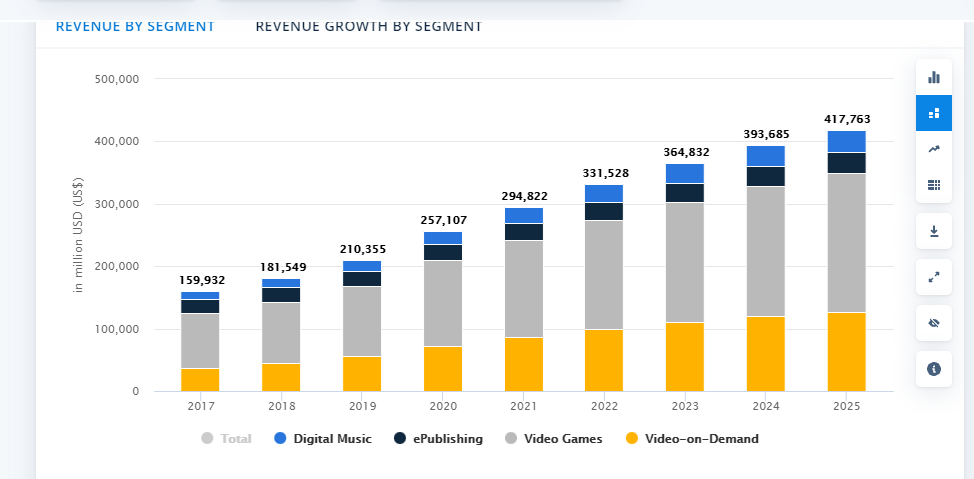
Akami creates a report every quarter about the state of internet penetration and average internet speeds.
Hubspot does a State of Inbound Report every year. They hit me up to participate in their survey a few months ago.
Forrester is known for carrying out research projects. Oftentimes the information is publicly available.
You may think you have to spend money to hire researchers and create your own proprietary project. You don’t. There’s value in curation. Take the best research projects in your niche and create a statistics post.
People love them and they tend to attract a lot of links and referral traffic. That’s what I did when I created this post about conversion rate optimization stats.
While many sectors benefit from meticulous statistical analysis, the health and wellness industry, particularly segments dealing with weight loss medication, often sees dramatic shifts based on emerging data. As new studies reveal the effectiveness and side effects of different weight loss drugs, companies and healthcare providers alike must update their approaches and information.
This ongoing cycle of research and revision is crucial in providing accurate, up-to-date information that helps consumers make informed decisions about their health. For instance, a recent report highlighted how a certain weight loss medication significantly altered metabolic rates in a subset of users, information that could be vital for those considering their options.
Case Studies
Case studies are one of those rare pieces of content that never lose their potency. Why? Because they’re about situations that can never be repeated.
You can only get results for a client like that once. You can only lose 200 pounds once (usually). You can only make your first million dollars once.
You see where I’m going with this.
A book I’ve read about four times is called Think and Grow Rich by Napoleon Hill. It’s full of case studies about successful men such as Henry Ford, J.P Morgan, and many others.
The people who shaped our world. They’re the ones who made a lasting mark on civilization. They can never be boring. Each new generation is reintroduced to what they accomplished. Likewise, you can tap into the power of case studies. Walk your audience through how you’ve gotten results for someone like them in the past.
It doesn’t even have to be your client. Walk them through how you got results for yourself. Take this post on weight loss for example.
.
This weight loss case study has thousands of shares and almost two hundred comments. He didn’t do anything special. He just followed a diet and worked out regularly. The reason it was so popular is that they’re his real-life results.
They weren’t theoretical.
They weren’t the results of his students.
That article has been immortalized and will serve as a traffic source and inspiration for years to come. No need to update. It’s perfect in its first iteration.
Strategies for common niche problems
Everything from the fashion industry to the pet care industry has a set of problems unique to them. They’re the problems someone just starting out will experience.
For example, new parents will face the terrible twos. There’s no escaping it. New dog owners will need to teach their pet’s basic obedience.
Strategies for common problems tend to take a higher-level view and focus on the fundamentals. This is a great topic to handle through an automated evergreen webinar as well, as they target the right customers at the moment they are looking for solutions. They serve as pillar posts which you can use to link off to more in-depth content.
Profitwell created a pillar page that addressed a common problem in SaaS – getting the marketing website right. They gave a general overview then linked off to pages that dealt with specific aspects of the website.
- The homepage
- The pricing page
- User flows and organization of the site
- Branding
- And of course a few case studies
They address a common problem and they’ve arguably done it better than anyone else.
History of
Contrary to popular belief, people are interested in history. Before the written word, our ancestors passed down our history through storytelling.
Tell the history of your industry or interesting areas in your industry. This is one of the few areas you can create evergreen content around trending topics.
For example, with the explosion of Bitcoin, more and more people are interested in how it all came about.
The same thing is true about artificial intelligence.
It has the ability to analyze vast amounts of data quickly and accurately, extracting valuable patterns, trends, and consumer insights that can inform decision-making and drive business innovation.
By leveraging machine learning algorithms and predictive analytics, AI empowers organizations to make data-driven predictions, optimize marketing campaigns, personalize user experiences, and deliver targeted content that resonates with their audience.
Every industry has a history. Everything from digital marketing to fashion has a rich and varied history. All you have to do is find the angle and tell the story.
The above image is from a short and useful post about the evolution of the garment industry. It told me everything I needed to know in a few minutes.
Without history, we’re doomed to repeat the mistakes of the past. Educate your audience while scoring an evergreen content win.
How-to Guides
These are ubiquitous on the internet. There’s a how-to guide about almost everything.
At our core, we’re creatures that love to learn and experience new things. We’re also risk-averse. Most people don’t want to put it all on the line without a blueprint. The how-to guides you create are the blueprint.
The problem you’ll experience is that almost all of them have been done before. You have to make yours bigger, more detailed, or better looking than the rest. Otherwise, it’ll get lost in a sea of #metoo content.
The post below is a perfect example of how to create useful how-to posts that build your business and reputation over the long term. The process is, of course, overly simplified. There are more nuances to building an app then can be explained in a few thousand words.
Checklists
Who doesn’t like checklists? That’s right nobody. On a more serious note, checklists are amazing because they make life easier. They’re a natural progression from how-to guides and make the perfect content upgrade.
In the how-to guide, you tell them what to do.
With the checklist, you codify the steps they need to take. It’s one thing to say set up a hosting account. It’s another thing to say.
- Choose a web host
- Buy a domain from Namecheap
- Buy an SSL certificate or a wildcard SSL certificate (which works on unlimited subdomains)
- Initiate a CSR
- Upload your private keys
- Redirect your DNS servers
As you can see, the checklist breaks down the high-level initiatives into manageable chunks. It’s especially useful for large projects.
When you’re leading your audience through a confusing or difficult process, use checklists.
Blogging Wizard has a detailed checklist post. It walks you through everything you need to know about promoting your blog posts.
Top tips related to an industry
You can always give general – useful – tips that help players in your industry thrive. I’m not talking about those posts that list out 100 ways to do x and each point is ten words.
That’s a waste of the pixels it’s created with. Give your tips meat. You’ll get a higher return when you share a few great tips with strategies and examples. At the same time, you open the door for multiple posts.
For example, instead of 50 tips to be a better blogger, you can do 15 tips and totally crush it. Afterward, you can revisit the topic with fifteen more tips and so on and so forth.
This is a hallmark of the popular SEO blog Backlinko. In Brian’s SEO technique post, he could have tried to go for the hundreds of available techniques. He decided to focus on just 21 and go in-depth.
This technique has been called going an inch wide and a mile deep.
Another way to take advantage of this is the expert roundup. It’s literally like built-in traffic to your content. You find experts, ask them a simple question, round up the answers, and promote it like crazy.
Enhancing your website’s traffic can be significantly achieved by opting for superior web hosting services coupled with the acquisition of new, modern domain names. Selecting a high-quality web hosting service ensures that your site remains consistently accessible to users, effectively minimizing the chances of any technical glitches or downtime.
Getting started with a decent web hosting service might seem a bit pricey compared to the budget options out there, but seasoned site owners will tell you it’s way cheaper than dealing with lost visitors, revenue, and reputation when a cut-rate host crashes at the worst possible moment.
The digital landscape is constantly evolving, and superior web hosting has become the backbone of online success for businesses and content creators alike. Modern web hosting isn’t just about keeping a website online – it’s about providing a robust, secure, and lightning-fast digital infrastructure that can handle everything from sudden traffic spikes to complex data management needs.
Smart entrepreneurs understand that choosing the right hosting service is like selecting a prime location for a physical store – it can make the difference between thriving and merely surviving in the competitive online marketplace.
Similarly, incorporating indoor digital display solutions can elevate the engagement and visibility of your content, providing a dynamic way to present information and attract your audience’s attentiontion.
You know, when it comes to creating killer content, it’s not just about throwing everything at the wall and seeing what sticks. Sometimes, less really is more. Think about it – how many times have you clicked on an article promising “100 tips” only to find a bunch of one-liners that don’t really tell you anything? It’s frustrating, right?
In pursuit of swift and noticeable improvements in your site’s traffic, turning to solutions like NameHero might be a strategic move.
Failures
It’s not that people love to bask in your failures. On the contrary, they love rooting for the underdog. We just want to know we’re not the only ones who’ve failed.
Failure isn’t sexy. It sucks. It can also be one of the most informative experiences in your life. You figure out exactly what not to do.
When you’re honest and transparent about your failures, it humanizes you. Your audience is able to connect with you and your brand on a deeper level. There’s nothing like alienating yourself from your audience by portraying perfection.
You’re human. Shit happens. Own up to it.
Successes
On the other end of the spectrum, we have success. The reason content that focuses on success is evergreen is because it inspires people no matter which point they’re at.
If you’ve started from the bottom and made it to the top – whether that’s in academics, business, or socially – then you’re allowed to share. Just do it from a place of humility. Show people the lessons you’ve learned.
Never just tell them – look at me, I made a bunch of money. Though it can be effective in the short term, it won’t give you evergreen content status.
For success stories to be effective, the reader has to take away valuable lessons. Give them insights they can apply to their lives.
If you can do that then it’ll resonate with your readers and have them coming back for more.
So, instead of “I just made a million dollars,” it becomes “10 Lessons I learned while building a million-dollar company.”
Interviews
Have you ever wondered why podcasts are so popular?
- You can listen and do something else
- You get the insights of two people
- One of them is usually an expert
Interviews have been a staple of evergreen content for a long time. One of the most popular radio shows in the US is called The Breakfast Club. They interview people all day every day.
It never gets old.
The true power with these interviews lies in the perspective of your guest. There are many paths to success. It can be hard work, determination, consistency, smart tactics, or whatever.
It’s not so much what they did but how they did it and the insights they bring. Find the influencers in your niche and give them a reason to agree to an interview with you.
How to create evergreen content
We’ve covered a lot of ground and we’re pulling into the final stretch. It’s time to roll your sleeves up and make the content. It can take any form from videos to articles. They just need to fill the following criteria.
Aimed at the first-timers
This isn’t a must, but it’s usually applicable. Content with a long shelf life usually appeals to beginners. That’s because advanced level content tends to be tactical. Tactics change pretty quickly. Strategy, on the other hand, doesn’t.
For example. A post on how to upload videos to Facebook from your phone for content syndication is tactical. Both your phone’s OS and Facebook itself will change over time.
A post about how to improve your writing, on the other hand, won’t go out of style anytime soon. That’s because the fundamentals of writing won’t change for the next fifty years.
I can bet you that:
- Short sentences will still be awesome
- The rule of three will still apply
- Editing won’t go away.
Those are fundamentals and won’t change.
Showcase your Authority
Content doesn’t qualify as evergreen unless you’re able to get people to keep reading it. They won’t read it unless they feel like you know what you’re talking about. They won’t feel like you know what you’re talking about unless you showcase your authority.
Does that mean you have to get featured in Huffington Post? No, of course not.
It just means you should be able to communicate your breadth of knowledge on the subject, be able to back up your conclusions, and teach simply.
In the end, they become great references. They’re the kind of content people link to. Another hallmark of authoritative content is length. You don’t have to aim for a particular word count. Aim for answering the question completely.
Take this post as an example. We’ve gone through what evergreen content is, the different types, and how to create it. Right now, this post is over 2500 words long and I’ve still got a few more points to cover.
I’ve also used images, studies, and other sources of information to drive my points home. This post has been built to give you all the information you need to create evergreen content. That’s authority.
Good design and formatting
Design is becoming more and more important. There’s a glut of products and information on the web. There’s no reason for someone to stick around your poorly designed and optimized content. They can hit the back button and find 10,000 more results.
No, you’ve got to put in the time and effort to make your content easy to read and a joy to look at. Here are a few tips:
- Short sentences – 25 words or less
- Short paragraphs – 3 lines or less
- Ample white space
- A lot of images
- Subheadings to break the page into sections
- Bullets and numbered lists to break up sections
- Use bold to highlight your points
- Plain English only – nobody cares about your vocabulary. Really, we don’t.
This is by no means an exhaustive list.
Update Regularly
Just because it’s called evergreen content doesn’t mean you’ll never need to revisit it. You should always revisit your content. What evergreen content allows you to do is create resources with a longer shelf life.
An article about how to tie your shoes isn’t going to need updating every six months. It’s a good idea to add images, go back and edit it, or add new techniques.
The whole point of evergreen content is to create content that’ll allow you to reap the benefits over the long term. Part of that is a low touch strategy. That, by no means, translates to publish and forget about it.
Conclusion
Evergreen content is a lot of things. It’s not a magic bullet. You still need to follow best practices when creating and promoting it so you reap the benefits.
What I mean is you can’t publish and pray. This isn’t 2006. You’re not the only person creating it. Focus on the proven types of evergreen content, make it better than the competition, design it well, and update it regularly.
If you keep this process up you’ll receive the benefits and recognition this strategy provides. Let me know how you’ve used evergreen content in the past.
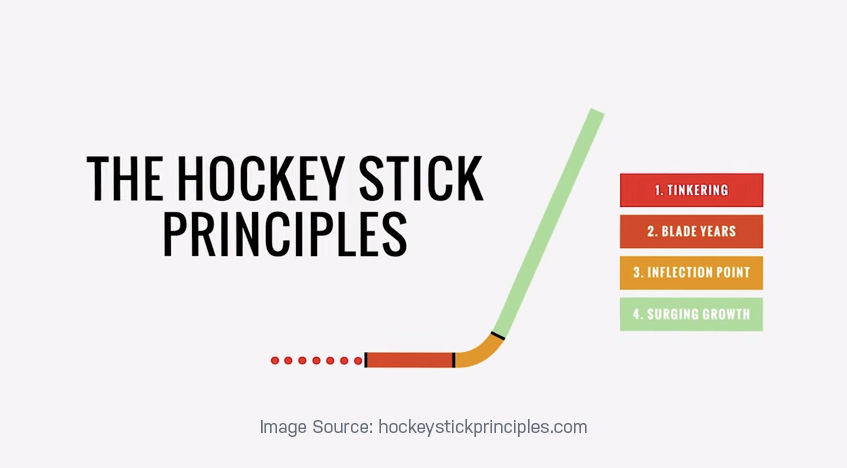

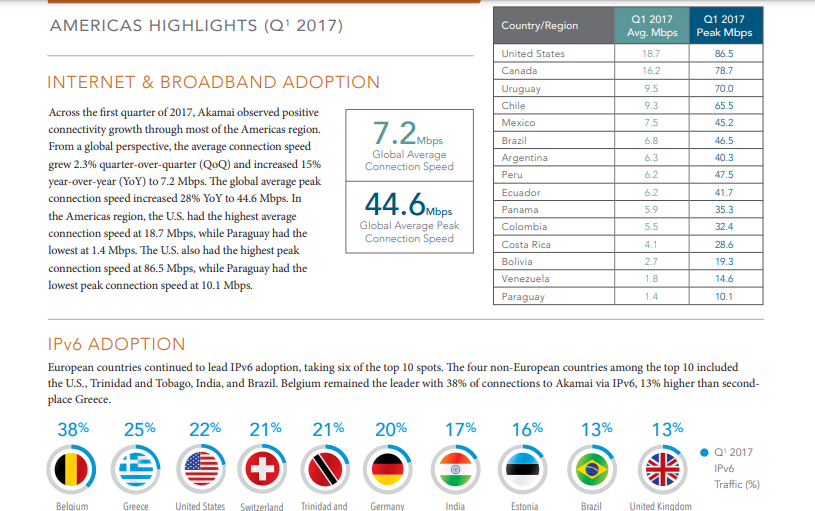



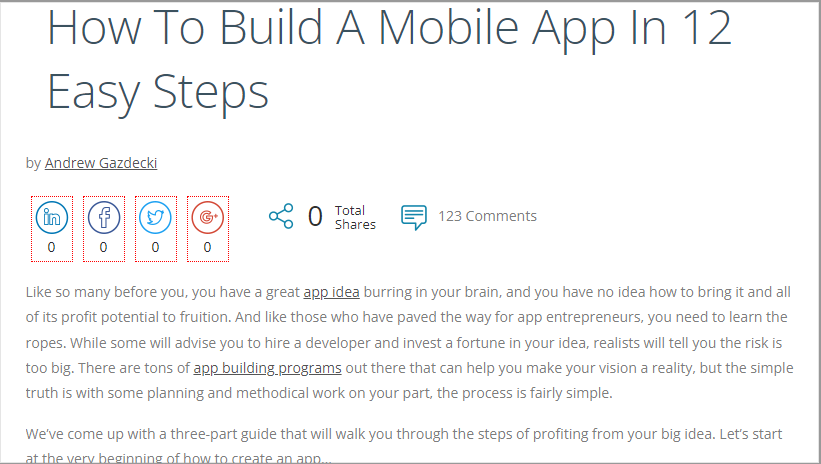
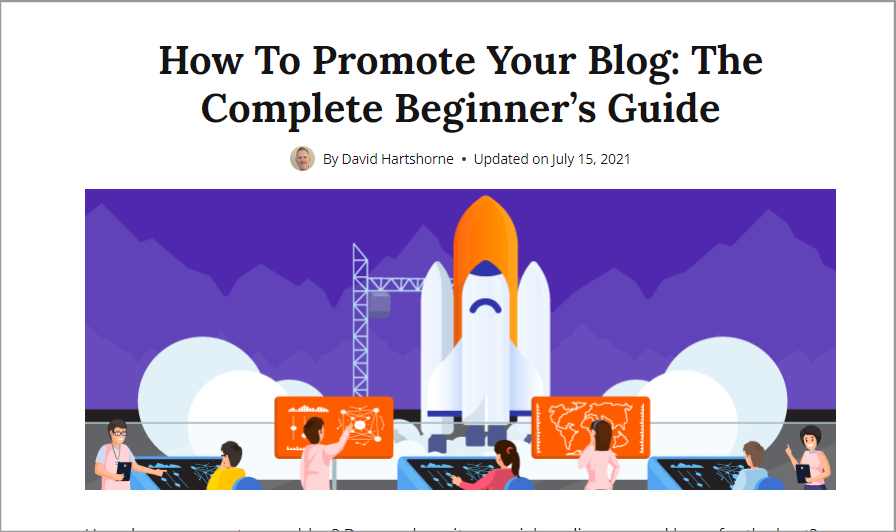
I see you don’t monetize your page, don’t waste your traffic, you
can earn additional bucks every month because you’ve got
hi quality content. If you want to know how to make extra bucks,
search for: Boorfe’s tips best adsense alternative
Great article :)…that Mona Lisa is still a crack up!
Thanks Obi. It’s hits closer to home than I think many of us care to admit
Thanks Obi. It hits closer to home than I think many of us care to admit
hi Daniel ,
nice post. I am a newbie here I am looking for this types of the awesome post.
Hii,
Nice post i really appreciate your work
Thanks for sharing!!